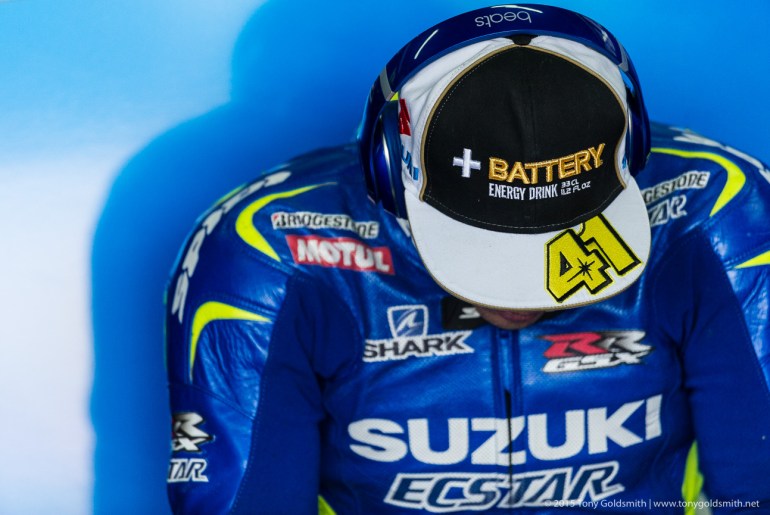Qatar is a tough place to test. First, there’s the timing. The track is open between 4pm and 11pm, giving a full seven hours of track time. In theory, that is. In practice, the first two hours are pretty much unusable, as track temperatures are much higher during daylight than after the sun sets.
The final hour is a risky proposition, as the moisture in the air tends to settle at some point after 10pm, forming dew on the track. The dew is as good as invisible, yet it drastically reduces grip. Crashes start to happen without warning, and at high speed.
Then there’s the sand. The first day of testing is usually more about cleaning the track than setting times, as the dust blows in from the desert to the west. It is better than it was: much of the construction in the area has now been completed, making the sand on the track just a smattering, rather than a full four-ply coating.
Effectively, there are four hours of usable track time, and a little less on the first day of the test. For the first two hours of the Qatar test, only the official test riders present at the track were actually circulating, putting laps on bikes and creating a clean line.
The official MotoGP riders were left to act the vampire, only venturing out once the sun removed its deadly rays from Arabian skies.











